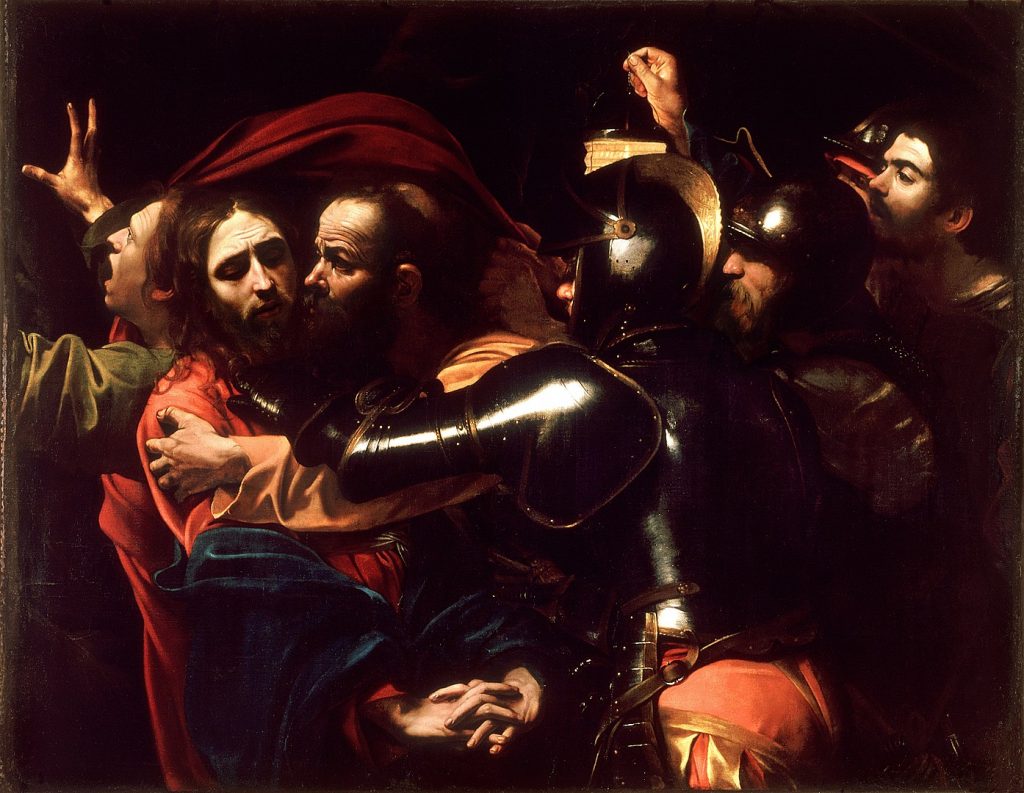Martin Scorsese’s central artistic concern is the city of New York, but the stories he chooses to depict are also linked by a common moral structure. He is powerfully drawn to opportunities to show how people maintain a belief in their own innocence. His protagonists are usually deeply flawed (to say the least), but by telling their stories through their own points of view Scorsese presents their actions in the most favorable possible light. He acts as a kind of angels’ advocate, making the case before God for their salvation.
A brief survey of his works should suffice to demonstrate this. In Age of Innocence, we follow an upper class New Yorker through an abortive love affair that robs the rest of his life of color, as he nobly struggles not to resent his conventional wife for her conventional virtues. The Wolf of Wall Street is a rapacious stockbroker who justifies his bilking strangers out of their savings by the electrifying transformations he brings about in the lives of his employees. Goodfellas and Casino show us the lives of figures at different levels in the criminal underworld, with their own comprehension of the good they were trying to do, even when this is something as small as providing excellent customer service. The criticism that his films glorify mob violence is not quite right; Scorsese never flinches from showing the wanton destruction and evil wrought by his characters, however cleverly the characters themselves are able to avoid seeing it.
Scorsese’s Catholic upbringing – especially its ghostlike disappearances and reappearances throughout his life – is undoubtedly central to this fascination. He can probably be described more accurately as a haunted than as a lapsed Catholic. Taken together, his films present a view of salvation that is universalist, in that he would almost certainly agree that to understand all is to forgive all. If God understands us as we are given to understand Scorsese’s protagonists, through our own eyes and with our own justifications and apologies clearly before Him, then surely we are all ultimately saved. If we are all ultimately saved, there is, comfortingly, no need for repentance, or even for redemption in the first place: precisely the words of the Devil in The Last Temptation of Christ.
It is possible, without wading too far into pop psychology, to posit that if Scorsese were really a universalist, we should expect the salvation of Judas to be of paramount importance for him. Such indeed proves to be the case, as both The Last Temptation of Christ and Silence are overtly founded on the question of Judas. The Last Temptation of Christ makes him a zealous believer who must be ordered by Jesus to betray Him, while Silence considers him as unfairly manipulated, sacrificing his own salvation for the good of the whole world.
Tellingly, both films ignore the biblical account of Judas’s suicide, which is a powerful gesture of remorse, if not repentance. Indeed, repentance is all but absent from Scorsese’s films. If his protagonists are to be saved, they will be saved as they are, with all their self-regard intact. Even when their sins and crimes do finally overtake them, they express regret only for the fruits of wickedness they are no longer to enjoy. This is in contrast to the works of Flannery O’Connor, in which God shatters characters’ illusions by sudden, terrifying violence. For Scorsese, there simply must be some context within which Judas’s betrayal can be understood as an innocent act. The order of his moral universe can only attain heaven by the outstretched hand of Judas.

Scorsese seems to believe not that repentance is impossible, but that it is unnecessary, since we are all muddling through as best we can. Significantly, even the incident of the thief on the cross next to Jesus is elided in The Last Temptation of Christ, the questions it raises being too uncomfortable for a committed universalist. God accepts us as we are, but demands that we know ourselves as we are. The essence of repentance is to recognize, with St. Dismas, our own unrighteousness. Virtue stands as a rebuke to vice, and martyrdom stands as an even greater rebuke to apostasy, so Scorsese must erase repentance and martyrdom wherever possible. Christ Himself must be seen to yield to temptation, even if only for a little while. In Silence, we must be shown that even the Japanese martyrs whose love for Christ was such that they were physically incapable of spitting on an image of him had only a somehow stunted or malformed faith. “The most painful act of love that has ever been performed” must describe not martyrdom but apostasy. Only when these terrible examples of a faith which sweeps aside all idols have been neutralized, their virtue carefully titrated away, can we rest secure in our own salvation.
It is one thing to suggest that we are all Judas, continually betraying Jesus, and quite another to suggest that Judas is the summit toward which we are meant to strive. This is to deny Christ altogether, resulting in the thematic incoherence of The Last Temptation of Christ which presents Jesus as no more than an ordinary man, who nevertheless somehow raised Lazarus from the dead. Where Flannery O’Connor’s soteriology is founded on Psalm 51:17, Scorsese’s is founded on Dostoevsky’s Grand Inquisitor, seeking to spare a wretched humanity the awful burden of freedom. It is the difference between hoping for an empty hell and assuming one. To this I can only counterpose the words of Serafim Rose, that “nothing less than hell is worthy of man, if he be not worthy of heaven.”


1 thought on “Martin Scorsese, Advocatus Angeli”